I was going to write about Verbena bonariensis to sing its praises in long periods of drought and then I heard something odd. I was at a talk at the Garden Museum in London and an audience member asked/stated: “What would you say to all the male designers who always plant V. bonariensis and grasses? It’s so boring.”
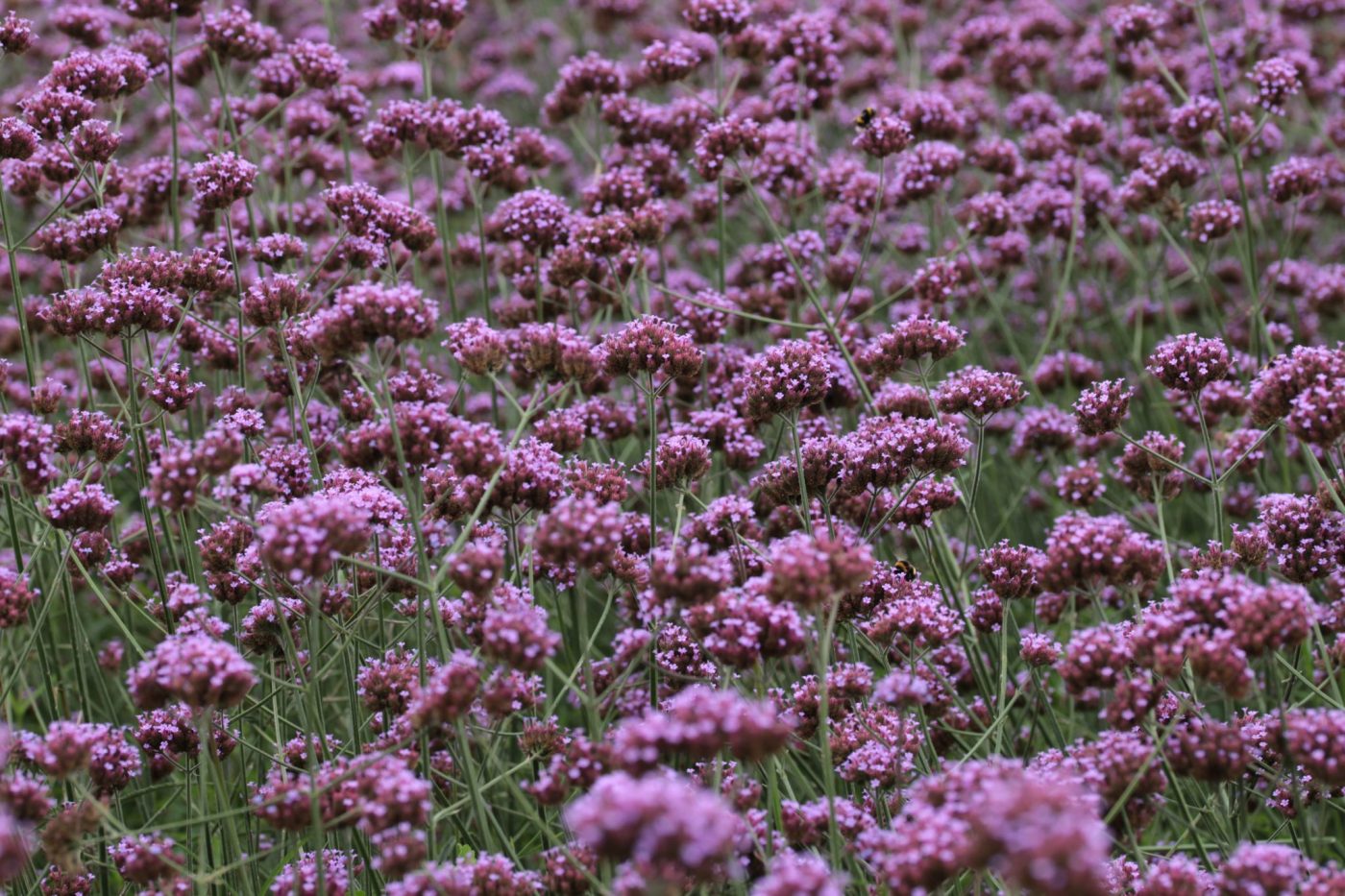
As a man and a designer I found the dig at men upsetting and untrue but moving on from that, when did some people become so snobby about V. bonariensis? I personally haven’t used it much in my designs. The first and only time in fact has been for a large sun scorched communal roof terrace in London where it makes absolute sense. It seems odd to dislike a plant because it’s used a lot but poor Verbena certainly makes eyes roll “that old thing again.” Does that mean lavender, lupins, roses and yew are also banished?
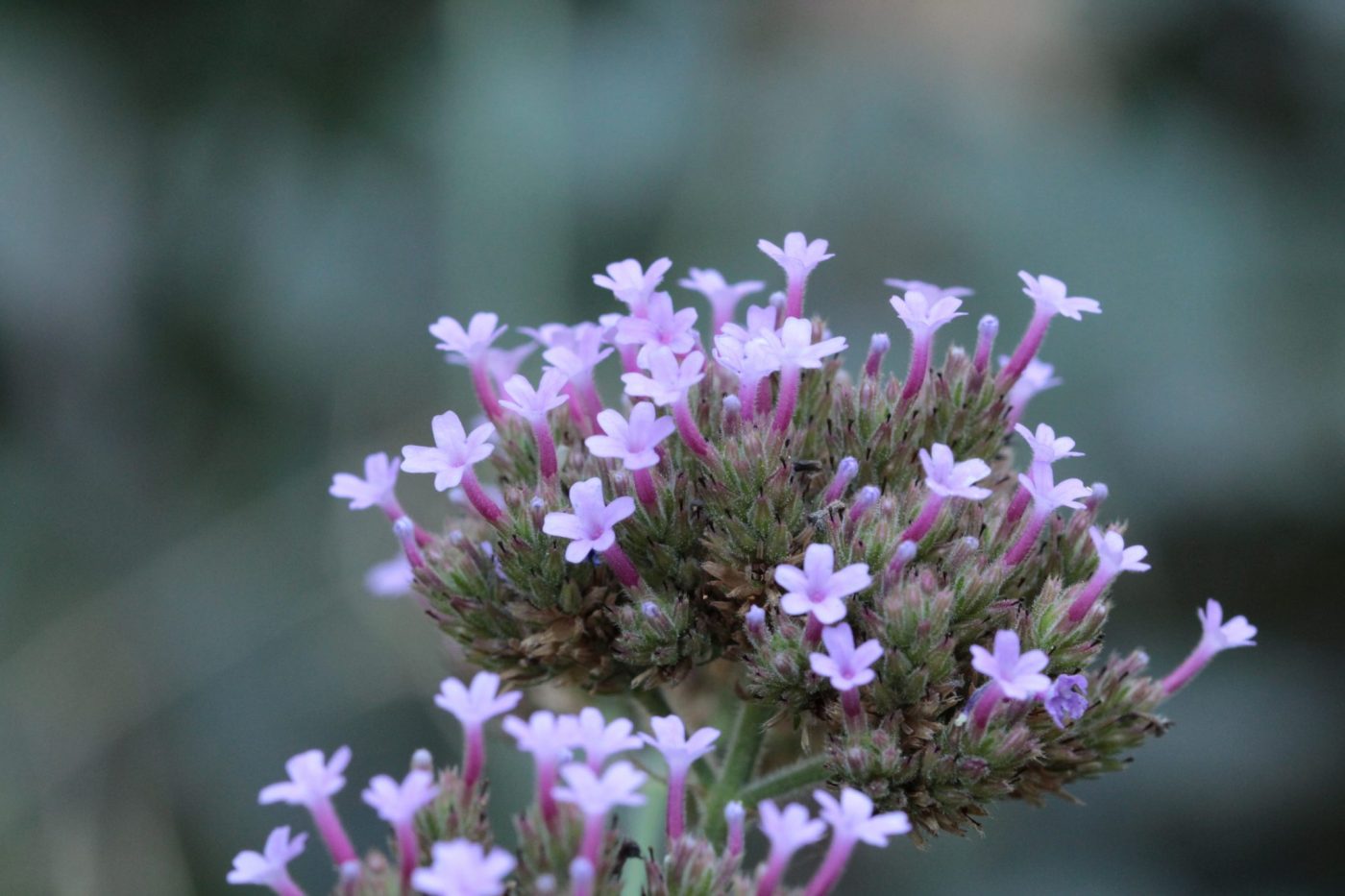
Step outside of the gardening world bubble and actually, ‘most people’ still haven’t even heard of the plant, let alone had a chance to become bored of it. During 2018’s summer of drought, a few plants shone above all others in gardens I visited, the ones that revelled in the harsh dry conditions. Perovskia was one, its ghostly silver blue standing out when I’d barely noticed it before. The other was V. bonariensis, its somewhat ultraviolet flower heads glowing more beautifully than any other year I can remember, taking the slack for other plants struggling.
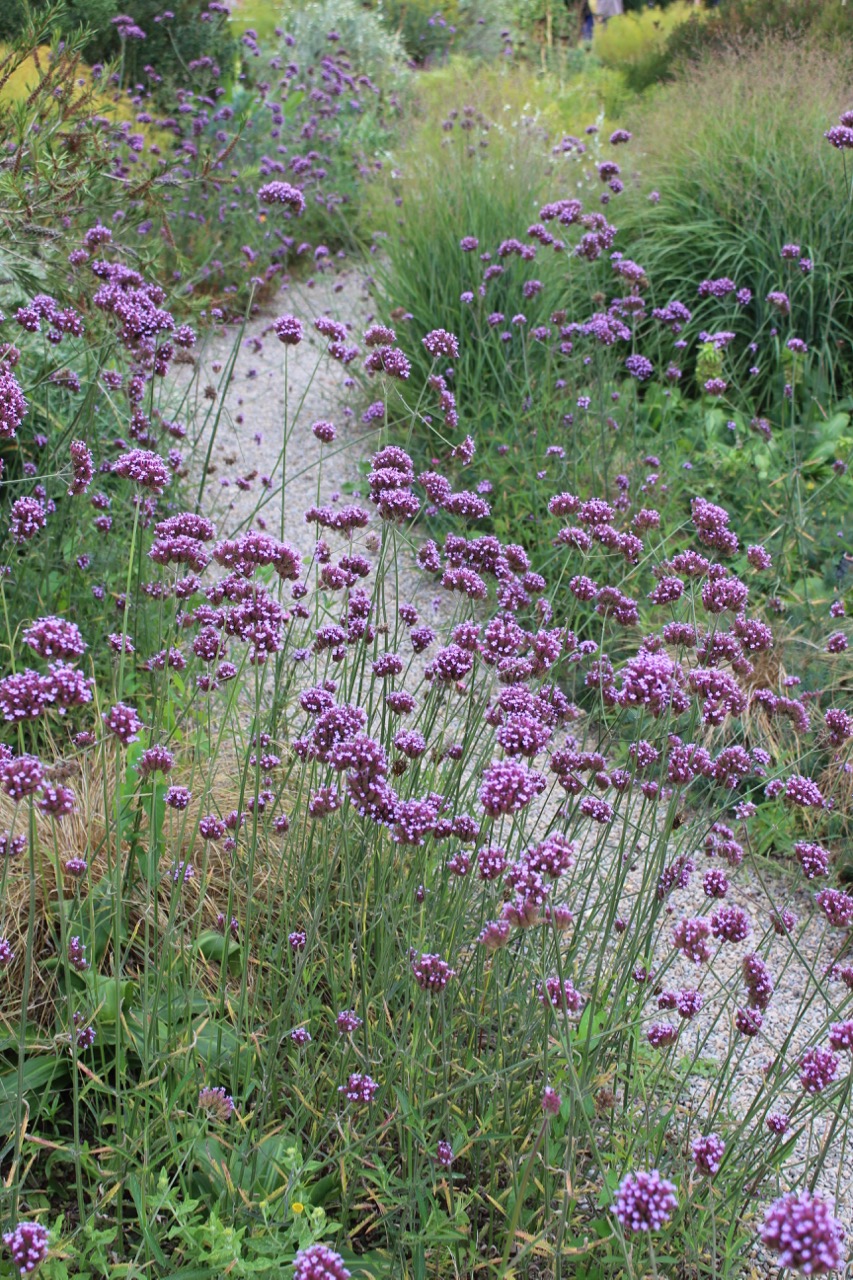
It’s fun to grow different plants but if a plant feels as though it has become boring, personally I think it’s our challenge to present it differently, not dig it out for the next best thing. In a world where weather is an increasing challenge for gardeners, look on garden stalwarts as friends. If a plant is beautiful, it’s beautiful. If you like it, you like it. Verbena bonariensis is an excellent plant with more uses than anyone can have seen yet.
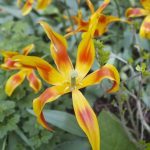

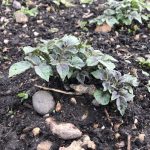
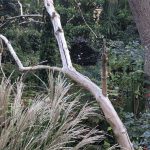
I think plant snobbishness is rather sad. Too much of anything can be boring and possibly show a lack of imagination, but the plant itself is not at fault.
Dahlias, Solenostemon…there seems to be a long list of, “Oh, no” plants but ignoring this stricture is a delight and allows for more creativity.
I had some V. bonariensis self-seed unexpectedly in my garden this year and I am still reveling in it lovely, vibrant flowers bobbing along in the breezes. It is pop of needed colour.
Fantastic! So exciting to have such an awesome volunteer plant. Definitely agree with using noggins for imaginative uses.
Hear, hear. Very good indeed.
Thanks for the comment Chuck, just to let you know I have edited out your blog link as I don’t have links on here after lots of people abused it in the past.
I moved last year and some V.b seedlings sprouted up in one of the pots I’d brought with me. I was well pleased and transferred them into the garden. They are great and the bees and butterflies love them. I hope they self seed everywhere 😁
I do love a plant that is so happy it reproduces everywhere, it just intuitively feels a better way of gardening. Especially when the wildlife loves it too!
VB & grasses are a beautiful combination, love the picture in your arcticle. I have VB in my borders & just love the way it happily self seeds around the garden. It will always have a place in my garden & I can not understand this plant snobbery. If someone doesn’t like it do not grow it, find the fab favourie plant that rocks their boat & let us enjoy ours!
Well, I love it as well. I have planted it in a public garden that I look after to rave reviews. I also have it in 2 private gardens that I designed. ‘Lollipop’ is a dwarf hybrid that I like very much, and when it seeds out, you get the benefit of different sizes. I would warn people about planting near a pristine lawn-better in a large garden bed where it can romp. I would also keep it away from an area where native plants should be kept safe from marauding invaders. When it romps into the wrong spot, it is easy to pull up and share with friends.
And something people don’t mention, but one of its main assets for me, is the colour and movement it provides right through the winter, especially when we’re getting fed up of grey days in February. Not the stems, not the seedheads themselves – it’s the charms of goldfinches that flutter down onto it several times a day, lighting up the whole of that end of the garden.
Very good point Pippa, thank you
“it’s the charms of goldfinches that flutter down onto it several times a day, lighting up the whole of that end of the garden.”
Beautiful, Pippa 🙂
I love Vb too. Esp in municipal gardens where there are so many challenges.
I’m writing from northeast/USA
And am interested in and confused about it’s role in the pollinator and native planting scene—there in GB and if you know here in New England.
Does it interfere with or even detract from native landscapes (assuming the latter are more delicate?)? Or does it help feed pollinators?
They are so easy to pull out that I don’t mind their proliferation..but would like to know more how this plant is viewed by nativists (of which I am not one..not pure anyway).
Thx – writing from nyc/zone 6<7.
I absolutely love Verbena, if I was to choose only 1 plant that is it. We live in Warren, Central West NSW Australia where it has very hot summers. The plant grows everywhere around our small community and I often pick the dead flowers for seeds, I have had good results. I’m Esther a retiree with a love of gardening.